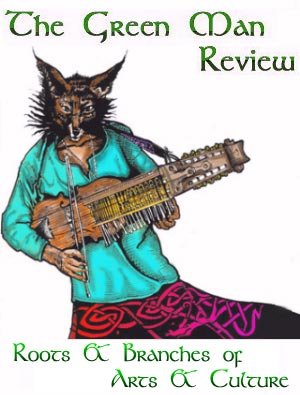
Ensemble Ardiin Ayalguu, Solongo (Face Music, 1998)
Ensemble Temuzhin, Altai-Khangain-Ayalguu 2 (Face Music, 1998)
 |
Duo Temuzhin, Altai-Khangain-Ayalguu (Face Music, 1997) Ensemble Ardiin Ayalguu, Solongo (Face Music, 1998) Ensemble Temuzhin, Altai-Khangain-Ayalguu 2 (Face Music, 1998) |